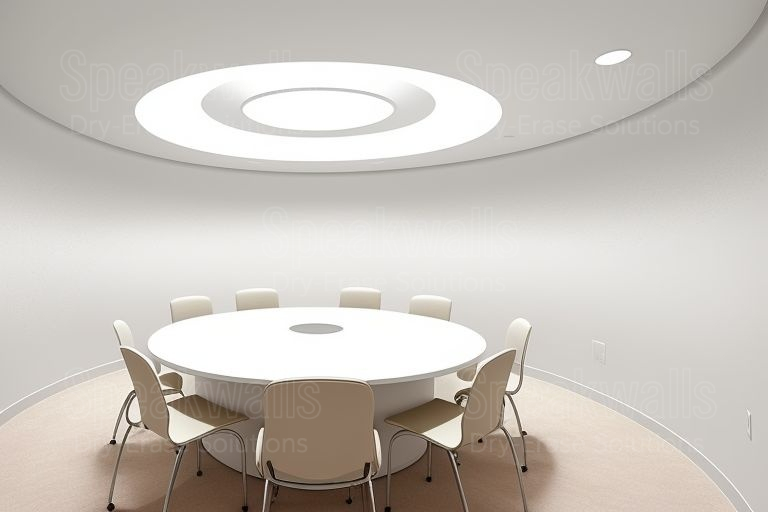In seminar rooms, where lectures, workshops, and group discussions take place regularly, having a clean and functional dry erase board is essential. Over time, however, dry erase boards can become stained, scratched, or covered in persistent marks that just won’t come off, making them less effective for note-taking and brainstorming. Instead of replacing the entire board, resurfacing it offers a quick and affordable solution to restore its smooth, clean writing surface.
Resurfacing a dry erase board involves applying a special coating over the existing board, which smooths out scratches, eliminates ghosting, and removes stains. The result is a fresh, reliable surface for writing and erasing, allowing seminar facilitators and participants to easily jot down key points, make diagrams, or track important topics without worrying about lingering marks or fading lines.
One of the best things about resurfacing a dry erase board is the cost savings. Replacing a large dry erase board, especially in a seminar room that gets heavy use, can be expensive. Resurfacing is a fraction of the cost and can extend the lifespan of your board significantly. The process is quick and easy, meaning minimal downtime in your seminar room.
In short, resurfacing a dry erase board is a smart and budget-friendly way to keep seminar rooms organized and functional. It helps ensure that the room remains professional and productive without the need for costly replacements.
